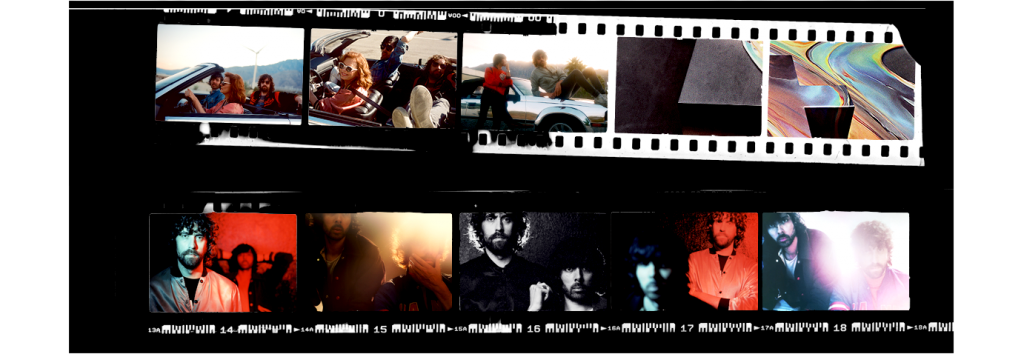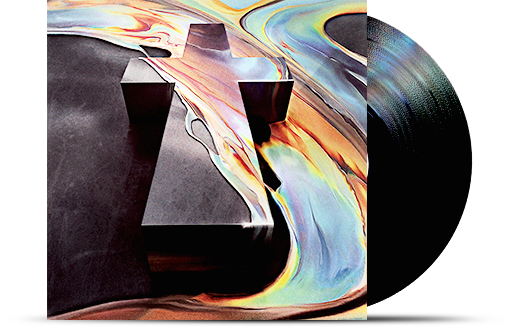

The fusion of electro and chanson française was one of the trends to emerge in 2016, a development further confirmed by the success of Paradis’s first album. Prior to the duo’s September release, the French scene demonstrated its love for traditional songs by paying tribute to Alain Chamfort. The album Le Meilleur d’Alain Chamfort (versions revisitées) featured danceable, modern remixes of classic songs like “Manureva,” “La Fièvre dans le sang,” and “Bamboo” by Scratch massive, Ivan Smagghe, Krikor, Jackson and His Computer Band and Chloé.

At a time when party organizers were banking on the nostalgia for raves and free parties to attract a young audience fascinated by the mythology surrounding this era, Heretik System celebrated its twentieth year of underground techno activism. To mark the occasion, they held a French tour featuring performances by the team’s biggest names, including Nout, Noisebuilder, KRS, and Moumouth, who tragically passed away a few months after the anniversary.
Social Club, which opened in 2008 at 142 Rue Montmartre in Paris’s second district, closed its doors in May. It is remembered as one of the iconic French Touch 2.0 clubs. An entire generation of (young) clubbers started their partying days at the venue, and some of France’s main labels made it their headquarters, including Ed Banger, Institubes, and Bromance records. A new club called Salo, in reference to the controversial film by Pasolini, took its place. That same month, DV1, a mainstay in Lyon’s club scene, also announced its plans to close down.
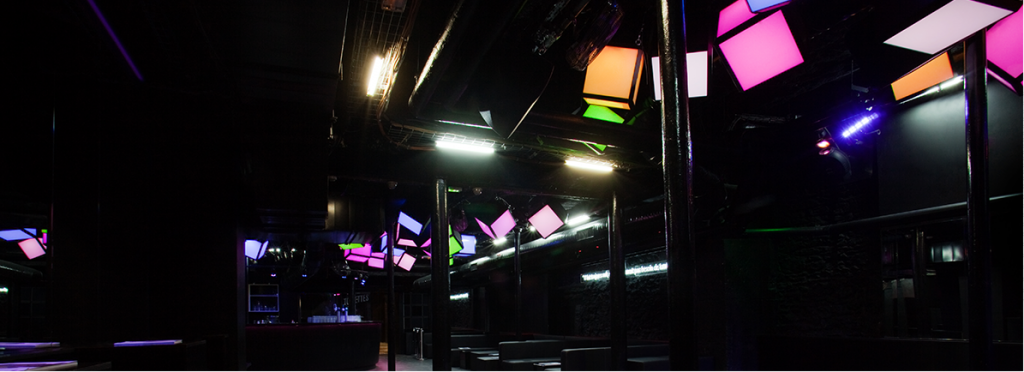
Twenty years is a long run for an electronic music label. Created in 1996 by Gilbert Cohen, also known as DJ Gilb’r, Versatile was the only French Touch-era label to reach such an impressive milestone. All other record companies from that time had unfortunately already gone out of business. Versatile had seen artists like I:Cube, Château Flight, Zombie Zombie (a duo made up of Étienne Jaumet and Cosmic Neman), and Joakim at their absolute prime and was even around during the start of Acid Arab.
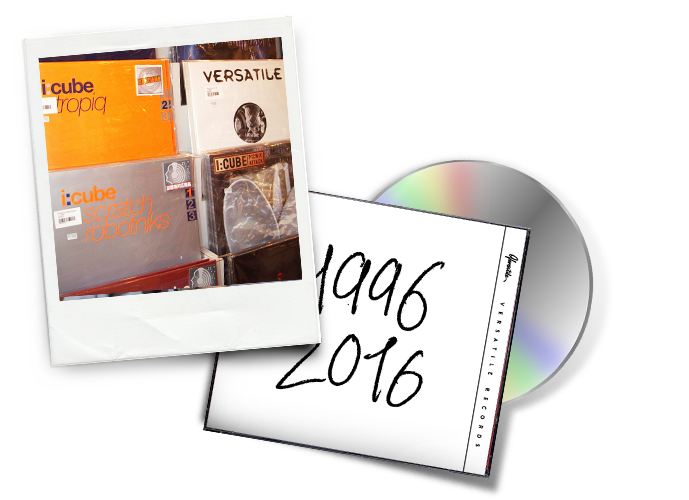

The exhibition Electrosound opened on May 25 at the Fondation EDF in Paris thanks to the work of journalist Jean-Yves Leloup and designer Jean-Louis Frechin. Electrosound presented the history of electronic music by focusing on the technological innovations that made it possible, ranging from the cerebral experimentations of the pioneering Pierre Schaeffer and the creation of GRM (Groupe de Recherche Musicale) in 1958, the 1929 invention of the Russian theremin—one of the oldest electronic instruments and one that paved the way for the synthesizer of today—,to the digital revolution.
A new generation discovered electronic music yet again. While it’s true there were more and more people attending events, clubs, and festivals, the more important development was that the audience was increasingly younger. The trend could be observed on stage as well; producers were also getting younger. Fakear, Thylacine, and Superpoze became famous when they were barely twenty years old, and the Rouen artist Petit Biscuit rocketed to fame when he was just fifteen! Mehdi Benjelloun developed a passion for the cello at five, then studied piano and guitar before turning to electronic production. He loved Bonobo and Flume, admitted to not really knowing French Touch (including Daft Punk), and wrote his first tracks on his computer by playing around with vocals recorded by his friends. He hit it big with “Sunset Lover,” a delicate, atmospheric song with 15 million hits on YouTube and 17 million on SoundCloud (where his tracks were listened to a total of 35 million times).
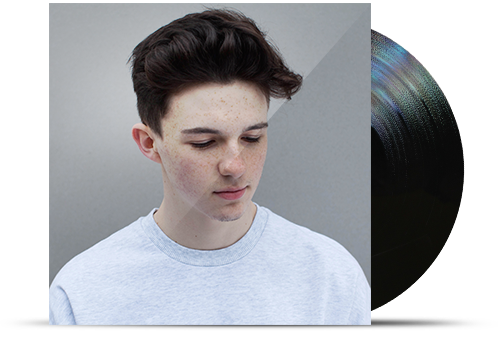
None of his fellow electronic musicians were able to generate those kinds of numbers, not even Fakear. Petit Biscuit’s secret was cultivating an international online community. His first EP, entitled simply Petit Biscuit, came out in May at the same time the young man was studying for his high school exit exam in French. He started touring in 2017 and performed at Zénith, a Parisian concert venue, on November 21.
Ten years after the release of their third album, 15 Again, the two French Touch heroes behind Cassius came out with their fourth record, Ibifornia. This funkier album featured prestigious guests, including Mike D from Beastie Boys, Cat Power, and Pharrell Williams. The record was recorded at Philippe Zdar’s Motorbass studio as well as in New York and Los Angeles at Rick Rubin’s studio. It received much better reviews than 15 Again.


Thirteen years after starting his label Ed Banger Records, Pedro Winter was recognized as a Chevalier (knight) of the Order of Arts and Letters at the age of forty-one by Audrey Azoulay, French Minister of Culture and Communications.
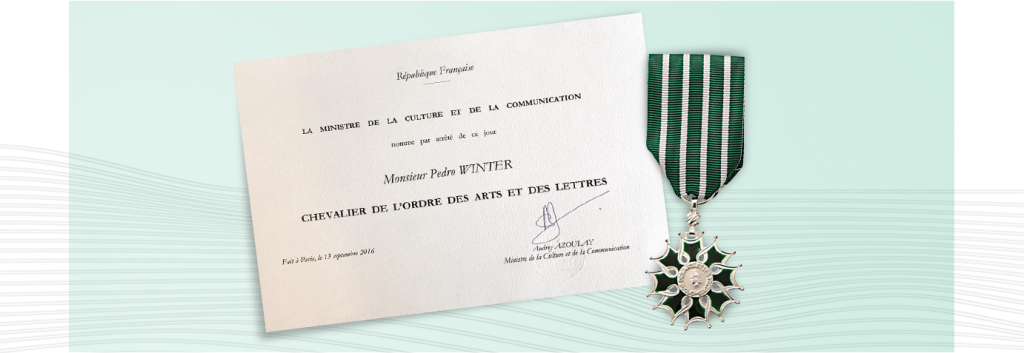
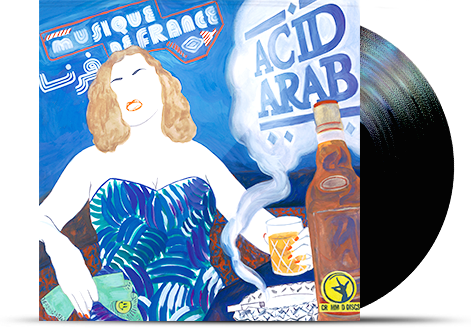
In just a few years, the duo Acid Arab, created by Guido Minisky (former musical journalist, Pulp DJ, and artistic director at the club Chez Moune) and the DJ Hervé Carvalho, became a mainstay of the French night scene and an essential act during electro festivals. Their success stemmed from their unique approach, which consisted of combining acid house with traditional Arab and African music. Nevertheless, six years after the group started in Tunisia during a three-person DJ set featuring Guido, Hervé, and DJ Gilb’r from the label Versatile, Acid Arab had changed significantly.
First, it added two members; Pierre Casanova and Nicolas Borne joined the pair in the studio for their first production, which was released as part of the compilation Collections. Acid Arab then expanded its horizons to include all styles of electronic music, adding techno and disco to its typically house music repertoire. The group’s first album, Musique de France, was released on October 10. It paid tribute to the Arab musicians who had served as such a source of inspiration by featuring them directly on the record. The artists came from a wide range of backgrounds, including the three Israeli sisters of A-Wa, the Algerian Rachid Taha, the Syrian Rizan Saïd (the former right-hand man of Omar Souleyman), and the Turkish saz player Cem Yildiz. Despite the group’s claims to the contrary, the album had the trappings of a political manifesto at a time when openness to others and the blending of cultures were not necessarily the norm.

Five years after Audio, Video, Disco, Justice’s second disco and electro-rock album, the duo continued to prove that it was a worthy successor of Daft Punk. Entitled Woman, their new album was well received as a solid romantic pop record. Gaspard and Xavier will perform their newest work at Paris’s AccorHotels Arena in 2017. Since Daft Punk, no other underground electronic artist has dared to host a show in such a large venue.
